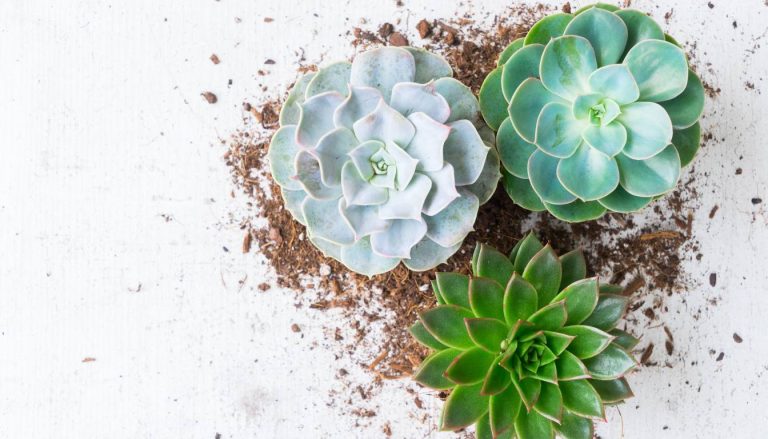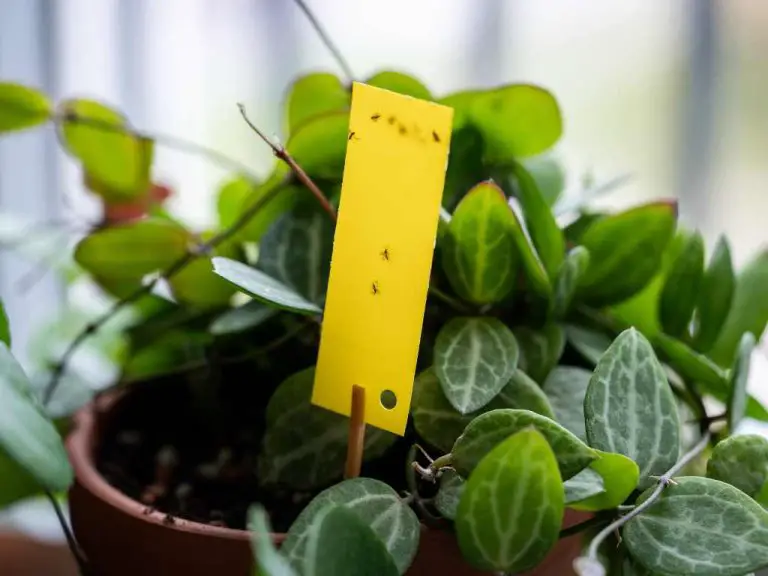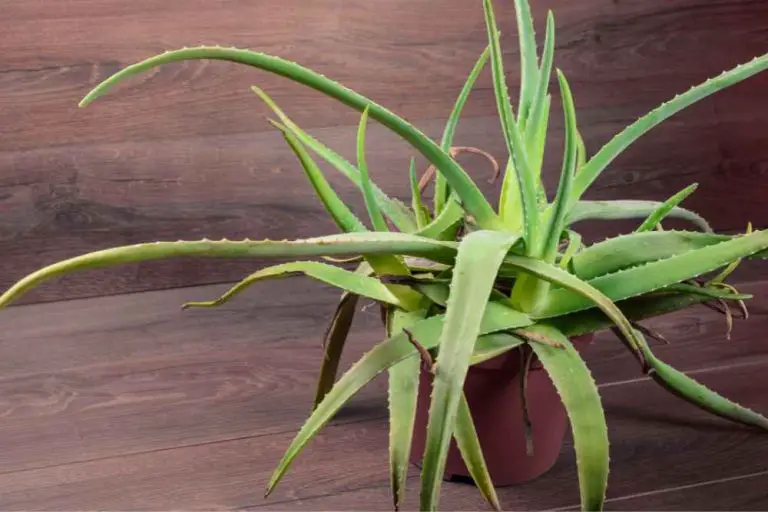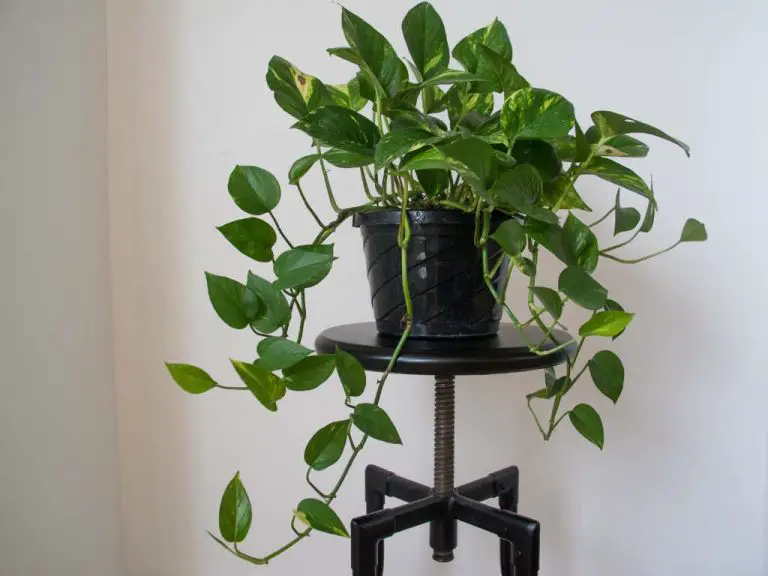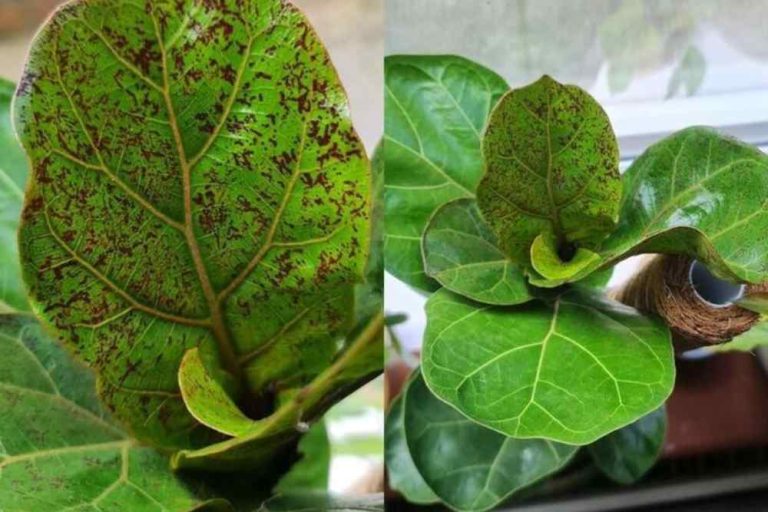Indoor Plant Care: A Comprehensive Guide
Indoor plants help to create a pleasant home environment because of their colorful flowers or attractive leaves called foliage. Most of the plants that we grow indoors are simply outdoor plants from warmer countries. They have their origins in mountainous regions, rain forests, wide-open plans, and deserts.
The indoor plants also have the same likes and dislike in terms of light and water as the plant grown in gardens. Proper watering and lighting are the most important components of indoor plant care, but humidity and temperatures also play a critical role. The trick is to try to mimic the climate of the place where the plant came from.
The main difference is that these plants usually have a higher requirement for humidity and warmth. High temperature, low humidity, lack of sunlight, poor soil conditions, and improper watering often contribute to most indoor plant problems.
Occasionally, insects or plant diseases damage indoor plants. Some of us prefer to live close to the seashore, different climates, deserts, or mountains; likewise, indoor plants also prefer to live and grow in their natural environment. If we are unable to provide the same indoor conditions as out they will become stressed.
8 Considerations Coming Under Indoor Plant Care
Containers
Most indoor plants are grown at the nursery in plastic pots. Even though these are both practical and convenient for growing and watering, they do not look attractive in the home.
They should be grown in containers with drainage holes; at least one hole should be in the bottom of the container. Unless there is plenty of air in the potting mix, the plants’ roots will die. Both plastic and clay pots are available. Clay pots are porous, which means water and air can pass through the side of the pot.
Light
When arranging indoor plants in the home, always consider their lighting needs. Plants vary considerably in their light requirements because if plants are not receiving enough light, their leaves turn yellow and die.
Some plants require lots of direct sunlight to thrive, while others prefer lower levels of indirect sunlight. Most people depend on natural window sunlight for the growth of their indoor plants.
Keep plants that can tolerate full sun in south- and west-facing windows, plants that prefer partial shade in east-facing windows, and plants that prefer a low-light place in north-facing windows. Most indoor plants require 12 to 16 hours of sunlight per day. It’s essential to rotate plants occasionally to encourage even growth and prevent legginess. Some plants like cacti require high light.
Plants that need high light should get 4 to 6 hours of direct sunlight. Examples of plants that prefer high sunlight are chrysanthemum, poinsettia, wax plant, geranium, sansevieria, coleus, jade plant, and asparagus ferns. Plants that need medium light should get 2 to 4 hours of sunlight.
Examples of plants that prefer medium sunlight are African violet, Christmas cactus, spider plant, grape ivy, prayer plant, and dumbcane. Examples of plants that prefer low sunlight are Philodendron, spider plants, snake plants, Chinese evergreens, ferns, devil’s ivy, and cast iron plant. Symptoms of insufficient sunlight include small leaves, long thin stems, and leaves lighter than normal color.
Where light is limited for indoor plant growth or desired quality, supplement the natural light with a fluorescent lamp. You can use artificial fluorescent light 10 to 14 inches above the plants to provide sufficient light for plants requiring medium light intensity.
A combination of one warm white to one cool white light is best for these indoor plants. Some house plants can be placed outside in summer. Plants are often revitalized by this treatment. Initially, place plants in the shade and then gradually expose the plant to increased light intensity over a four- or five-week period.
Temperature
Plants vary in their temperature requirement. Temperature is the second most important factor that influences indoor plant growth. Most indoor plants grow well between 60 and 750 F because most indoor plants originate from tropical and subtropical areas of the world.
Always keep plants away from cold or hot drafts, heat registers, and warm appliances. If lower temperatures are provided, flowering plants will retain blossoms longer.
Temperatures above 750 F cause the death of flowers and make plants tall as well as less resistant to disease and insect attack. Sudden temperature fluctuations can cause rapid yellowing and dropping of leaves.
Curling leaves turning brown and dropping also indicates that it is too cold. Keep plants always away from air conditioners and heat vents. Plants usually grow best when the night temperature is cooler than the day temperature.
Humidity
The amount of water vapor present in the air is known as humidity. Humidity is also an important factor when considering indoor plant care. Most indoor plants require higher humidity than the average humidity level in the home, except succulents because most common indoor plants come from tropical regions, where humidity is naturally high. The humidity level below 20 percent is considered low, 40 percent to 50 percent is medium, and above 50 percent is high.
Humidity levels between 40% and 60% are preferred for plant growth. Symptoms of low humidity are leaf dying and curling. For certain plants, those with thin or delicate leaves may need to spray a fine mist of water on the leaves because it will raise the humidity slightly and wash away dust on the leaves. Grouping plants together reduces water loss from plants, or setting plants on a tray of gravel with a little amount of water in the tray are good ways to raise humidity.
Watering
You can use self-watering planters and flower pots for your indoor garden wherever you want to bring natural green to your home or office. Improper watering is the cause of most indoor plant problems. Both over-and under-watering can cause leaves to yellow and fall.
Too little water can be caused leaf spots that are brown and brittle or blighted leaf margins. Plants may look wilted. Both stems and leaves may rot. Overwatering can also cause indoor plants to grow slowly and flowers to fade quickly and drop; lower leaves may turn completely dry up, brown, and drop off. The plant may produce no flowers or flower buds may fall off at all.
Watering frequency depends on the conditions under which the plants are growing. The amount of water already present in the plant’s growing medium affects the watering frequency of the plant. Larger plants usually require more water compared to smaller plants. Watering may be required more frequently if the growing container is too small.
It’s necessary to check plant soil daily to check if they need water (soil is dry 1/4 inch down and tapped pot sounds hollow). If it is required, add water until moisture drips out of the drainage hole of the pot.
Then wait a few minutes and water the plant again until moisture drips out of the drainage hole. Be sure to discard drainage water. Do not allow the bottom part of the pot to stand in water. The water should not be visible on the surface for not more than a few seconds when watering. If water tends to stand on the surface, mix perlite or sand into the soil to improve drainage.
Excessive fluoride levels in the water can cause leaf and tip scorching. Plants like a Dracena, Chlorophytum, and Cordyline should be watered with rainwater if possible. Tap water can also be used but should be allowed to stand for at least 24 hours in containers to allow chlorine and fluorine to dissipate. Always use water that is at room temperature for houseplants.
Fertilizing
All houseplants need adequate amounts of fertilizer to grow. Too much fertilizer can be harmful to a plant’s health, so don’t fertilize more than necessary. The amount and frequency of fertilizing depend on the type of plant, desired growth rate, media mix, frequency of watering, type of fertilizer, and available sunlight.
Some plants like Ficus species are heavy feeders, while others need little amount or no additional fertilizer for months. A healthy plant that is newly purchased rarely needs an immediate application of fertilizer.
The fertilizer applied by the commercial producer to the plant will supply enough nutrients for two to three months in the home. A dilute fertilizer solution can be added to your indoor plants with water, especially during the summer. During the winter, a plant’s need for fertilizer reduces when light levels are low.
A number of fertilizer formulations are available for indoor plants, and specific formula recommendations will vary with the type of plant. The general formulation contains an equal amount of nitrogen, potassium, and twice as much phosphorous such as 10-20-20 or 5-10-10—a balanced ratio fertilizer with equal parts of nitrogen, phosphorous, and potassium such as 10-10-10,20-20-20 or 7-7-7.
Flowering plants, they need a fertilizer with more phosphorous. Dried and burned leaf margins and wilted plants often are a sign of excess fertilizer application. Leaching the potting media in the container with water to help remove excess fertilizer and salt is beneficial.
Pruning and Re-Potting
Root pruning is advisable when the plant has outgrown its container. Pull roots away from the root mass and then cut back to within 1 inch of the soil mass. And also, you can make three or four vertical cuts 1 inch deep in the soil ball on the opposite sides of the plant root ball.
Plants that are grown in pots up to 10 inches in diameter should be re-potted annually. And also, large container plants should be re-potted every two years because this prevents the plant from becoming pot-bound. Pot-bound plants have stem growth and very slow leaf. The soil can be dried out quickly even with frequent watering, and also roots may begin to grow out of the drainage hole.
During the spring, when new growth starts, turn each plant upside down. Tape the edge of the pot. Remove the plant. If the plant roots are in a solid mass, they need to be re-potted. Shift the plant to a pot 1 or 2 inches larger in diameter.
Pest and Diseases
Insects, mites, and a number of other pests occasionally injure the flowers and foliage of indoor plants. The most common include aphids, whiteflies, scale insects, mealybugs, spider mites, caterpillars, ants, slugs, and fungus gnats. Spots, rots, wilts, and mildews on houseplants are symptoms of disease infections. It is necessary to identify the pest or disease problem correctly so it can be treated effectively.
- Mealybugs can be observed as small white cottony tufts in clusters on the stems and underside of leaves. They cause wilting, yellowing, and leaf drop.
- Spider mites are also sap-sucking pests, that proliferate in hot, dry conditions. Infested leaves develop yellow blotching and mottling and drop prematurely and may find fine webbing on the leaves.
- Aphids are small sap-sucking insects. They are usually green, black, or orange and found on new, succulent growth. Aphids cause discoloration and distortion of the leaves, and also they secrete sap called honeydew. Honeydew can encourage black fungal growth on leaves.
- Whitefly is a small, white color, moth-like insect that can spread rapidly. Greenish larvae of whitefly suck sap on the underside of the leaves; because of that, the leaves turn yellow and drop. The winged stage can be seen flying out of the foliage when the plant is disturbed. Do not introduce beneficial insects indoors. Whiteflies may work great in the greenhouse with a large number of plants and pests. Most of the pests can be controlled culturally on indoor plants without the use of any chemicals.
- The scale looks like small, brown discs. They are commonly attached to the underside of leaves along the veins and on the stems where they suck sap. Plant vigor will decrease. Leaves will become yellow, and black fungal growth may develop on honeydew secretions.
Push a clove of garlic into the plant’s soil to get rid of bugs in indoor plants. If the garlic begins to sprout and grow, just cut it back. Scale and mealybugs are commonly seen as pests on indoor plants. To remove a light infestation of mealybugs or aphids, use a cotton swab dipped in rubbing alcohol.
To remove aphids from indoor plants, use a mixture of equal parts rubbing alcohol and water, add a drop of dishwashing detergent, and then apply this to troubled plants with a soft brush.
Spider mites are suitable to thrive in dry and warm houses. Frequent mist under the leaves of indoor plants to discourage spider mites. A good organic deterrent solution that contains ¼ cup buttermilk, 1 cup flour, and a gallon of cool water, apply in a mist. Treat with insecticidal soap. If plants harden off in the interior environment, they will give the best result. New plants, which are not acclimatized, are going to be tender.
They should be treated after the first couple of weeks. To get rid of them, add two teaspoons of insecticidal soap per gallon of water. Then wipe stems and foliage with soapy water and a soft cloth. Heavy infestations of this insect may be too extensive to treat; therefore, discard these plants and do not place the plant in a compost pile in the garden.
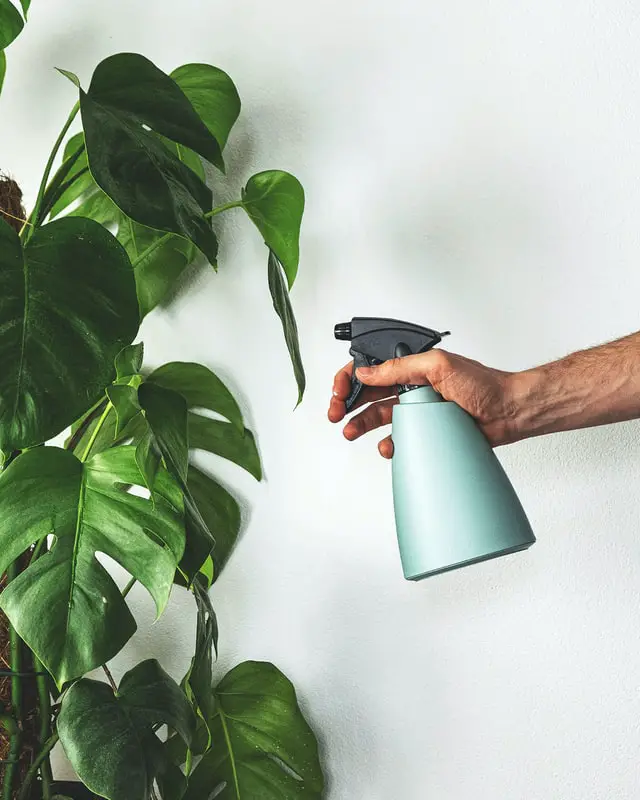
Summer and Winter Care
Many house plants can be refreshed by growing them outside during the summer. Remove all dead leaves. Prune where it’s necessary and place the plants in a location suitable for their light requirement. During the summer, lift the pot at least every month to prevent roots from growing through the drainage hole in the pots and dig a hole, then put gravel in the bottom, set the pot. So the top of the pot is at the original soil line. Mulch with peat moss and water. Usually, plants need watering more often than when indoors. A shower with plain water or insecticidal soap may task.
In the winter season, indoor plants that have been outside for the summer should be brought. A sudden temperature reduction will be too much of a shock for indoor plants to survive. This season is also a good time to take cuttings of plants.
Wash plants thoroughly before bringing them in to rid them of any pests. Also, you can dig up your rosemary, basil, tarragon, oregano, marjoram, English thyme, parsley, and chives to grow them inside as houseplants.
Keep your plants in a cool, sunny spot. Allow the soil of the plant to dry out before watering. Cut off the leaves as needed in the kitchen, but do not strip them completely. You can divide and re-pot any pot-bound plants so they will grow well during spring and summer.
Prune your indoor plant judiciously to create a compact, attractive specimen. If it is very cold, you should provide extra protection for indoor plants on windowsills. You can place cardboard between the plants and the glass of the window.
It’s important that the plants shouldn’t touch the windowpanes. Hold off on fertilizing. After the winter season, if your plants seem a little worse for the display, provide them with more sunlight, frequent bathing, and fresh air.
- 20+ Chic Boho Bedroom Ideas for a Cozy and Stylish Retreat - June 20, 2024
- 12+ Modern Boho Living Room Ideas to Create a Unique Oasis - June 10, 2024
- 10 Stunning Canopy Bed Ideas for a Dreamy Escape - May 16, 2024


